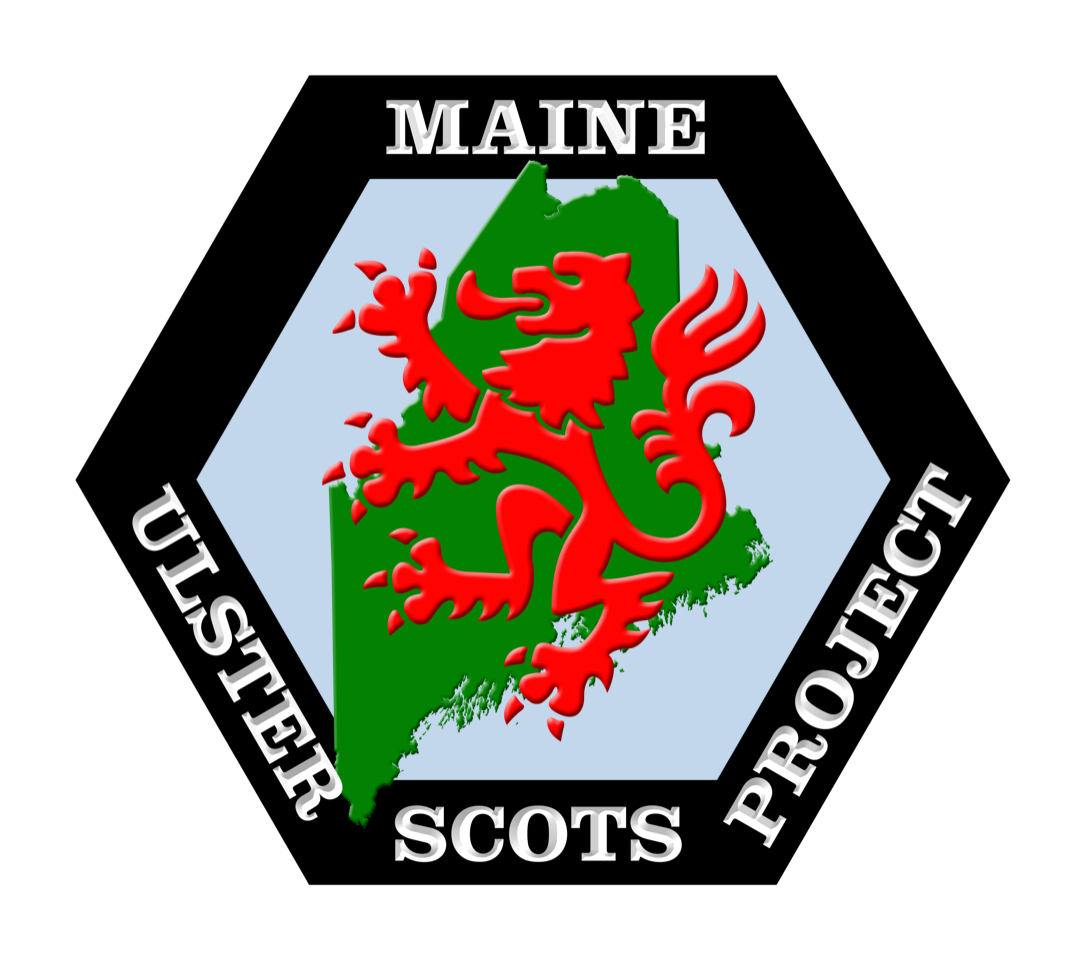Maine has a long history with potatoes. The first fields of crop potatoes in North America were planted during the EARLY SPRING of 1719 by migrants from Ulster, Ireland, at what is now called South Portland and Merrymeeting Bay, MAINE!
The potato originated in South America but took a very circuitous route with a path through Ireland to eventually get to New England. Spanish explorers brought the first potatoes back to Europe and it took a while for them to catch on. Wherever the potato was introduced it was considered at first weird, poisonous and even downright evil! Sir Walter Raleigh went out on a limb when he brought the first potatoes to Ireland, planting them as an exotic novelty at his estate at Myrtle Grove, near Cork. Legend has it that he made a gift of a potato plant to Queen Elizabeth I.
Potatoes were also introduced in the English New World colonies as novelty plants for wealthy gardeners but were not yet considered entirely edible! By 1718, potatoes had been integrated into the diet of the Ulster Plantations and were brought across the Atlantic in the form of seed potatoes. They were called ‘Irish Potatoes’ and the name stuck.
They were ‘first’ planted in the spring of 1719 by the Scotch-Irish migrants in Maine, Massachusetts and New Hampshire. Although New Hampshire loudly claims ownership of the ‘first’ field crop of potatoes in New England, we have always felt that that HONOR BELONGS TO MAINE [or the District of Maine as it was part of Mass. until 1820].
The group of folks who settled Nutfield, which later became Londonderry, N.H., left Casco Bay, Maine in April of 1719 and it took them a while to decide where they were going to site their new town. Meanwhile, the folks they left behind here in Maine were building cabins and planting their first crops including the seed potato they brought with them. Most likely, they used a previously cleared field, located on a rich inclusion of soil near the ship ‘Robert’ landing site in Purpooduck (now South Portland). The folks up in Merrymeeting Bay, who had arrived aboard The ‘McCallum’, were also planting potatoes in the spring of 1719 and the deeply furrowed fields were still visible for years, even after they had been burned out of their homes. The 1718 settlers who moved out to Worcester, Massachusetts, were also planting potatoes.
Although potatoes are now a staple field crop throughout America, no states are more associated with them than Maine and Idaho (where they were first planted by a Presbyterian missionary from New England)! The potato plays an important role in the Maine economy to this very day and we can thank our Scotch-Irish ancestors for this ‘first’ gift!
Adapted from Oct. 23, 2018 article by Dr. Mary Drymon-DeRose, Scotch-Irish Historian, South Portland, Maine USA
Dr. Mary Drymon-DeRose, author of “Scotch-Irish Foodways in America”
https://www.facebook.com/p/Scotch-Irish-Foodways-in-America-100063887088789/
Enjoy the taste of history with this favorite recipe of Mary’s - COLCANNON is a great winter dish that relies upon the potato and cabbage, another vegetable crop that stored well for the long, hard Maine winters.
4 large potatoes, peeled, 1/2 cup cream, 7 TBSP butter, 6 cups [1 medium head] cabbage, shredded
1/2 cup scallions, chopped, Salt and Pepper
Boil potatoes. Saute cabbage in 3 TBSP butter until wilted, add scallion, mix. Drain and mash the potatoes, add cream and the rest of the butter. Combine potatoes and cabbage, season to taste with salt and pepper.



